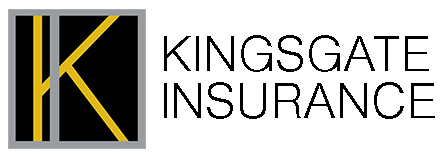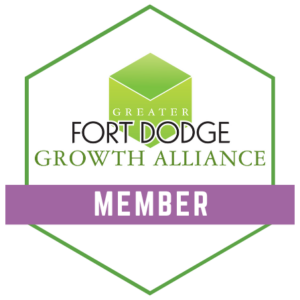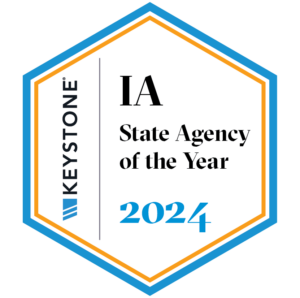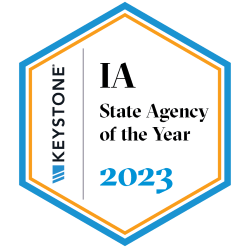Safe Conduct for Grain Handlers
The grain handling industry is dangerous because of the range of common emergencies facilities often face. Potential blows to your business include fires or explosions, employee entrapment, gas or flammable liquid leaks, chemical releases, structural failures, power failures or natural disasters.
Because of all the possible hazards, the Occupational Safety and Health Administration (OSHA) adopted the Grain Handling Facilities Standard in 1987, which is still used today to protect these agricultural producers from disaster.
The Grain Handling Standard covers more facilities than many people realize. In addition to flour and other grain milling productions, the standard applies to facilities involved in the following:
- Rice milling
- Feed milling
- Farm production warehousing and storage
- Crop preparation services for market (except cotton ginning)
- Oil seed processing
- Grain processing
- Any facility with a grain elevator
- Any facility engaged in the receipt, handling, storage or shipment of bulk raw agricultural commodities (including corn, wheat, oats, barley, sunflower seeds and soybeans)
Grain Handling Facilities Standard Compliance
It is important to follow OSHA’s grain handling regulations not only to ensure the safety and well-being of your employees and your business, but also to avoid hefty fines. OSHA cited a Georgia farm with two willful and five serious violations after a worker became entrapped inside a grain handling storage bin while attempting to clear soybeans from a jammed auger. The proposed fines totaled $127,400. OSHA inspects more than 4 percent of facilities falling under the standard each year at both the federal and state level, but you are especially vulnerable to an inspection if you recently had an on-site accident, you are a large facility or you are in the grain processing or feed milling industries, which are historically inspected more often.
To reduce your likelihood of being inspected, receiving fines and exposing your employees to potentially deadly hazards, follow the guidelines outlined by the standard. Take these five steps to help you reduce costs from facility damage and from workers’ compensation claims.
1. Develop an emergency response plan
- While it is important to think about fires and explosions since they are the most common type of disaster in your industry, also be sure to address issues like flood, confined space rescue and weather conditions (i.e., tornado threats if you are in a vulnerable area).
- If your facility has more than 10 employees –including office personnel and seasonal workers —then your emergency response plan must be written.
- Your emergency response plan should address the employee alarm systems, the response duties of each employee, evacuation procedures, designated safe areas outside the facility and emergency escape routes, which should be clearly marked on floor plans and on workplace maps.
- It is not enough that an emergency response plan exists in your facility; it is also important that your employees are aware of the procedures.
2. Develop a training program
- OSHA requires new-hire training, annual training to refresh old employees and job-specific training for anyone that is shifting responsibilities and is thus exposed to new hazards.
- Employees should be properly trained on requirements for cleaning procedures for choked legs, housekeeping requirements, procedures for performing hot work, preventative maintenance and lockout/tag out procedures.
3. Require hot work permits
- You must issue a permit for all hot work being done in or near a grain handling structure, unless you as the employer are standing by to witness the hot work being done.
- The permit serves as a sort of checklist, confirming that the employee was properly trained to do the work and that he or she is aware of the emergency response plan in place should something go wrong.
- The permit must be kept on file until the hot work is completely finished, though it is recommended that you keep it in your records after the work is finished.
4. Follow regulations for allowing entry into bins, silos and tanks
- You must issue a permit for an employee to enter any bin, silo or tank unless you, the employer, are present to supervise.
- The bin, silo or tank must be tested for the presence of harmful gas, vapor or other toxic agents if there is reason to believe they might be present.
- The bin, silo or tank must be tested for oxygen content before the employee enters and while the employee is inside to ensure proper ventilation.
- “Walking down grain” and entering in bridging or buildup conditions are strictly prohibited.
- Employees entering the storage structure must be given a body harness, lifeline or boatswains chair.
- There must be an observer present outside the storage structure that could provide assistance in case of emergency and that maintains communication with the employee inside the structure.
Other important requirements
- As the employer, you must inform contractors who are performing work at your facility of known potential fire or explosion hazards related to their work or work area.
- You must remove any grain dust accumulation that is in excess of 1/8 inch.
- The use of compressed air to blow away accumulated dust is only allowed when machinery presenting an ignition source is shut down.
- Receiving pit openings must be covered by grates.
This list is not meant to be an exhaustive collection of all OSHA requirements for grain facilities; however, it does cover some of the most important regulations that could prevent a workplace fatality. There are several other provisions of the standard that apply more specifically to certain situations, so talk to Kingsgate Insurance about what else you can do, or what else you should be doing, to lower the hazardous situations at your facility.
Provided by Kingsgate Insurance
This Risk Insights is not intended to be exhaustive nor should any discussion or opinions be construed as legal advice. Readers should contact legal counsel or an insurance professional for appropriate advice. © 2007-2010, 2012 Zywave, Inc. All rights reserved.







Leave a Reply
Want to join the discussion?Feel free to contribute!